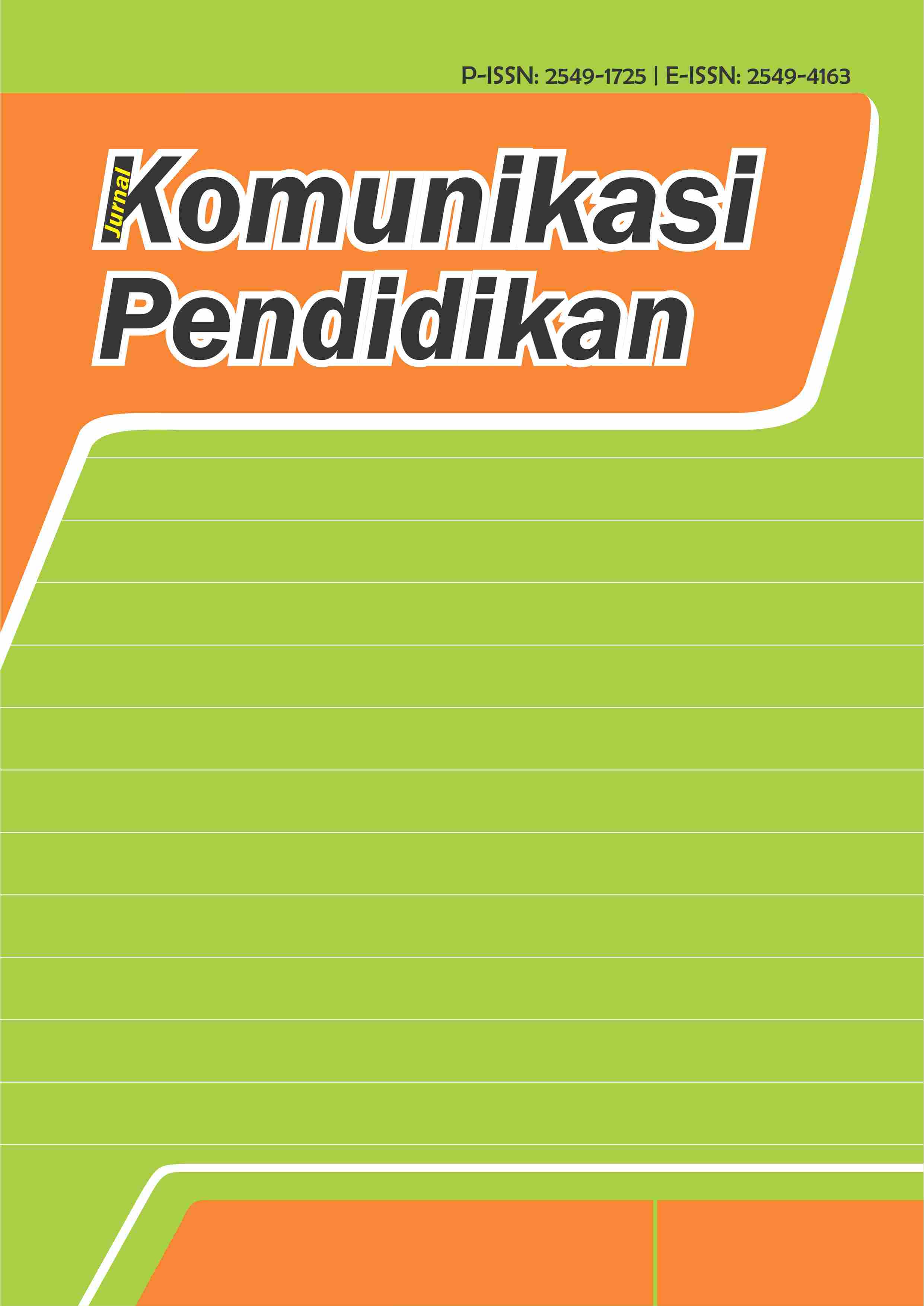Designing Flexibility, Accessibility, and Independent Learning through the Use of Hyperapp Blended Learning Module
DOI:
https://doi.org/10.32585/jurnalkomdik.v8i1.5015Abstract
The quality of e-learning is determined by two factors, learning resources and the learning processes. However, sometimes the main factor behind the low quality of e-learning is the lack of teachers in creating the learning process. E-learning ranges from "adjunct" to "blended/hybrid" to "full online." Therefore, this research attempts to analyze the use of the hyperapp module for blended learning as a guide for teachers in designing flexibility, accessibility, and independent learning. The method used in this research is literature study. This hyperapp blended learning module provides clear and practical guidelines to teachers on integrating ICT, designing a rich learning experience, enhancing flexibility and accessibility of learning, and fostering students' self-directed learning. The research findings indicate that the conclusion drawn from this research is that the use of the hyperapp module equips teachers with good skills in designing blended learning, making the created learning flexible, accessible, and fostering independent learning. This conclusion is supported by various findings from previous research conducted by other researchers. The contribution of this research can provide insights that the use of the hyperapp module becomes more effective, relevant, and supportive of student development in this digital era.
Downloads
Downloads
Published
How to Cite
Issue
Section
License
Copyright (c) 2024 Hamsi Mansur, Mastur, Monry Fraick Nicky Gillian Ratumbuysang, Fitria Yuniarti

This work is licensed under a Creative Commons Attribution-ShareAlike 4.0 International License.
Authors who publish with the Jurnal Komunikasi Pendidikan agree to the following terms:
- Authors retain copyright and grant the journal the right of first publication with the work simultaneously licensed under a Creative Commons Attribution License (CC BY-SA 4.0) that allows others to share the work with an acknowledgment of the work's authorship and initial publication in this journal.
- Authors are able to enter into separate, additional contractual arrangements for the non-exclusive distribution of the journal's published version of the work (e.g., post it to an institutional repository or publish it in a book), with an acknowledgment of its initial publication in this journal.
- Authors are permitted and encouraged to post their work online (e.g., in institutional repositories or on their website) prior to and during the submission process, as it can lead to productive exchanges, as well as earlier and greater citation of published work.





